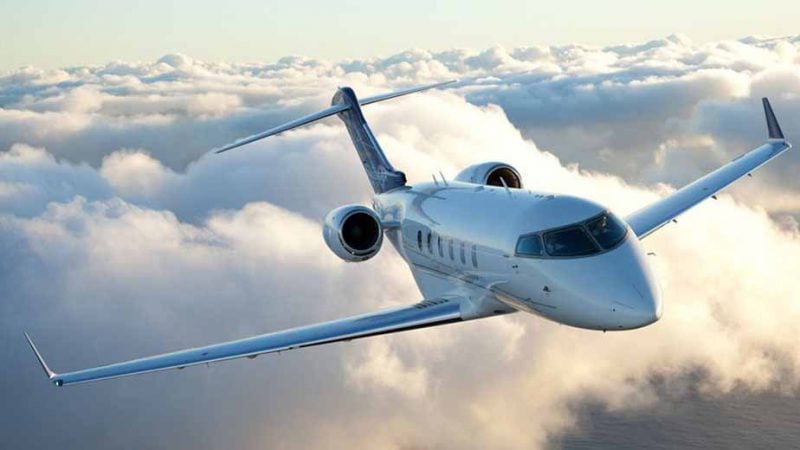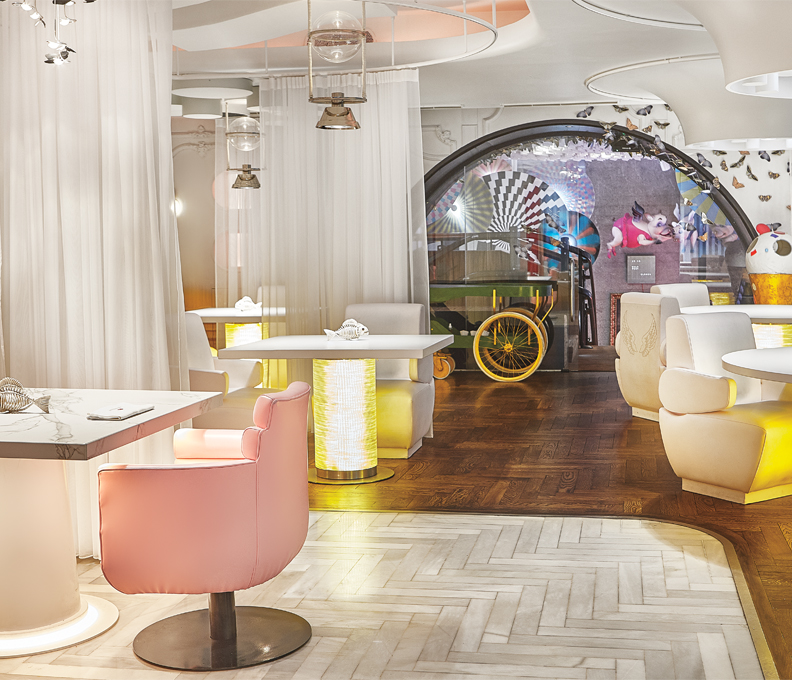Bon voyage
April 29, 2017

Water-borne holidays have become a perennial leisure time favorite for many travelers. Cruising essentially comes in two flavors – the deep-sea or river variety. You can book direct with the operator or via a specialist cruise agent. And, conveniently, you can spend two weeks abroad without changing money from dollars. Your ship docks, you join a tour, or just take a walk, and then return.
For regulars from the UK to the US, Cunard – which has been operating the Atlantic since 1840 – has a Queen Mary 2 between Southampton and New York that allows you to travel by air in one direction and by sea in the other. Price-wise, it is much the same as flying on a premium ticket. This year, there are 11 passages in each direction. Out of Southampton is the best for Brits, with no air passenger duty to pay, and the arrival in New York, sailing past the Statue of Liberty, is spectacular. Cunard certainly knows how to keep its customers happy, and busy, if required – even youngsters, who have their own area and specially qualified staff.
Other companies cross the Atlantic in the spring from North America and the other way in the autumn. It’s a good way to get a taste for cruising, and the operators offer a busy onboard entertainment program, franchise spas and well-equipped gyms. WiFi at sea is also getting better and better.
Spoiled for Choice
When choosing a cruise far from home, there are a number of factors to consider. How much do you want to spend? Would you prefer deep-sea or river cruising? Are you happy to fly to or from your start or end port embarkations? Or maybe you want to fly to just one destination?
Ship choice is vast, ranging from big liners with 2,500-plus passengers and medium-sized vessels holding 1,250 upwards, to something in the boutique class, which can mean from 50 guests to 750. Whatever size you choose, boarding and departure are swift and easy, and usually much better than airports.
You can cruise across the North Atlantic, Scandinavia, the Mediterranean, the Caribbean, Alaska, North and South America, the Far East, Antipodes Islands and the Pacific. New areas are being slated for sea holidays all the time, and world cruises are proving more and more popular.
Do you want a cruise that takes in a new port every day, or that has a day at sea and then a day in port? Do you want to vacation with children (yours and others’) or without? There are cruise lines that accommodate both markets. Would you rather dine at a fixed time with the same company at each meal or at a time that suits you? Some offer both. Note that smoking is usually restricted to certain deck areas or a cigar lounge.
Would you consider a budget cruise or do you want five-star luxury? The requirements of both are well catered to. Would you be happy with an inside cabin (with no windows), or would you want an outside one with views? Be aware that a cabin with a balcony can easily double the cost of the trip.
As part of their marketing efforts, many companies offer specialized cruises, typically dedicated to cooking, wine tasting, music, theatre, history, politics and sport. Crystal Cruises often has a golf professional on board who will plan ahead to visit major venues at each port of call. Royal Caribbean offers golf simulators on ten of its vessels, each with a selection of 20 courses. Most ships have putting greens, too.
Don’t be put off if you have a disability – the cruise companies were among the first members of the leisure trade to realize there was a big market for people with limited, or no, walking ability. The same goes for those with dietary requirements; chefs are keen to meet guests’ personal needs, and the latest ships have some spectacular restaurants.
There’s no need to worry about falling ill at sea, either. It’s required that you be covered by adequate travel insurance, but the medical facilities on modern ships are exceptional. Virtually every ship of any size has at least one full-time doctor on board, and helicopter evacuation is not unknown in emergency cases.
Go with the Flow
River cruising is an entirely different concept, with the largest vessels – in Europe anyway – limited to 200 passengers. It should really be compared with car, bus or train tours, without the packing and unpacking every night and accommodations that travel with you. Another big plus – you can’t get seasick – although, in fairness to the deep-sea fraternity, the latest ocean-going ships with advanced technology offer very smooth sailing.
The Danube and Rhine (and its tributaries) were the great commercial waterways of Europe in centuries gone by. The Volga, for example, links Moscow and St Petersburg, and great medieval cities were built at European rivers’ crossing points. Rivers also wend through spectacular scenery, including the Black Forest Gorge and the wine country bordering the Douro and Rhône.
Most river packages are fully inclusive of daytime excursions, onboard meals and the service of an expert cruise director. Cabin sizes are limited, but you will have at least a private shower/bathroom, and private balconies are much in vogue.
Some ships squeeze in three restaurants, but evening activities tend to be limited to a lecture on the next day’s program, a resident pianist or regional entertainers joining for a few hours. Emerald River Cruises has introduced an indoor pool with a roof that folds back, becoming a cinema at night.
All river ships have large, unencumbered top decks suitable for sunbathing, the occasional buffet dinner and sometimes a pool. But the design has to be clever, and as economical with space as possible. This is because the vessels have to pass under bridges when rivers are flowing at their peak – usually this problem occurs in the winter, but not always. Squeezing underneath when the water has risen to its maximum level can prove entertaining.
It’s impossible to get lost on a river cruiser, as it has only three decks and a single corridor between the cabins. Embarking and disembarking could not be simpler, as the boats often dock in the center of a city – Dusseldorf or Avignon, for example. Amsterdam is at the head of the Rhine, but is also the starting point for trips through the Dutch canals and the Elbe. The port of Amsterdam is close to the city’s main railway station, with the big sea-bound ships nearby towering over you in contrast.
In a survey carried out for the Cruise Lines International Association last year, one of the questions was: “Which is of greater importance to you, the quality of the facilities or the choice of destination?” The ship and its facilities topped the poll with ease. So make sure you choose carefully.
By Malcolm Ginsberg



